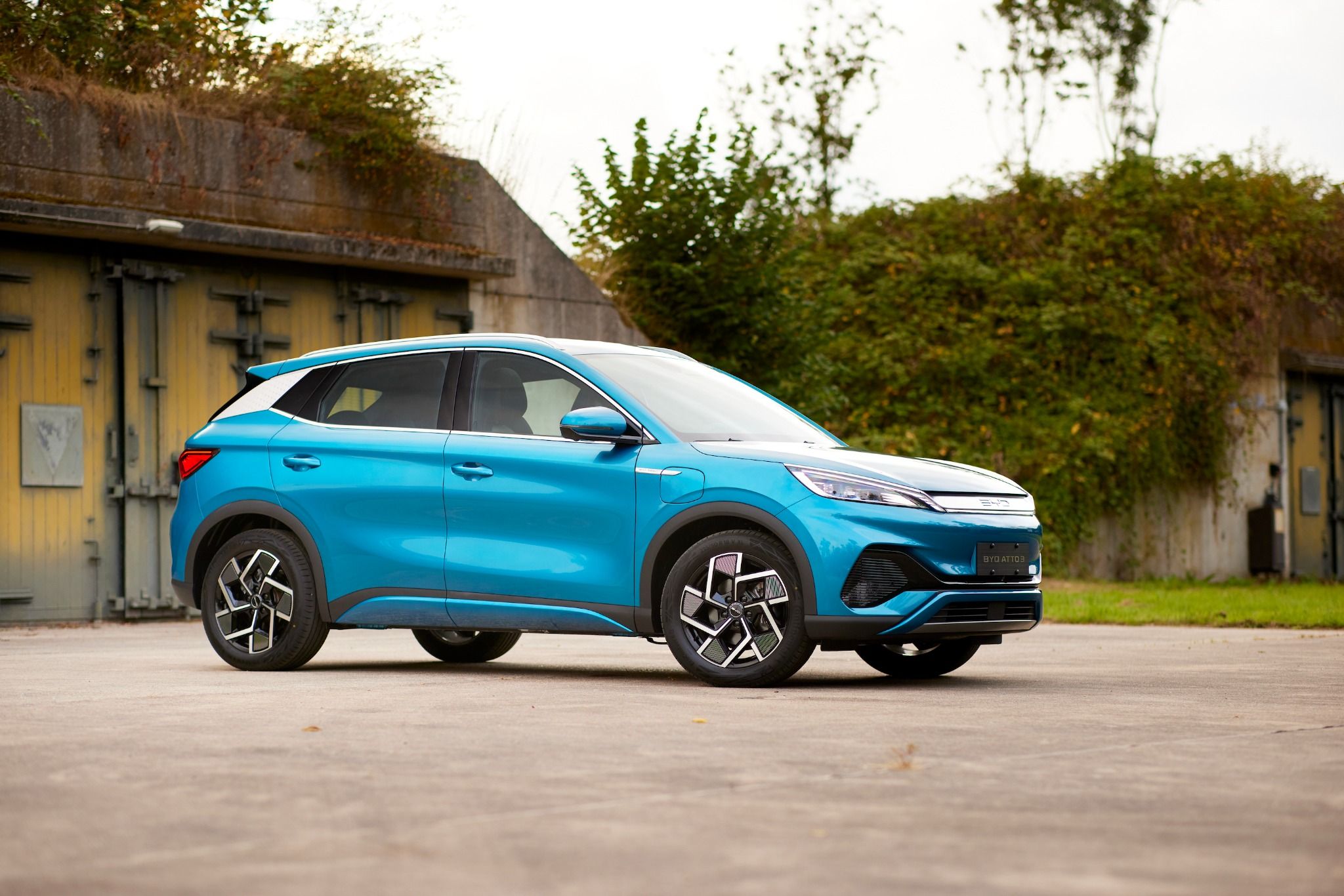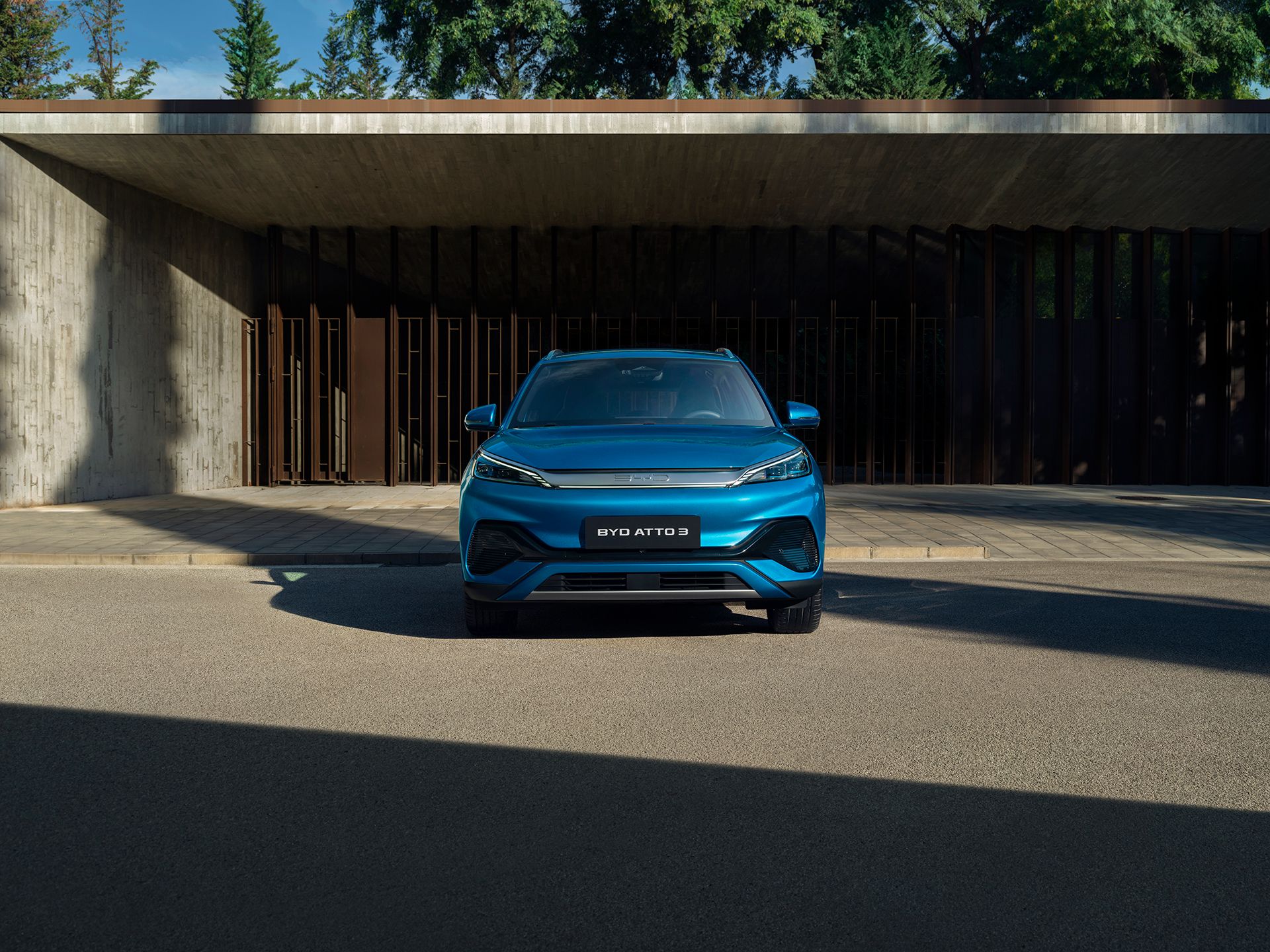Tesla vs BYD
BYD has recently sprung onto the EV market in the UK, with dealerships opening up nationwide, two recent additions include BYD Chester and BYD Crewe. Tesla has been leading the electric charge for many years, becoming an instantly recognisable brand worldwide. Both brands offer a slightly different approach, with Tesla, based in the US, focusing the luxury and premium segment whilst Chinese manufacture BYD aims to offer electric power to a much wider market.
In the last few months of 2023, BYD overtook Tesla to become the world’s largest electric vehicle manufacturer with more electric vehicle sales in multiple locations.
This blog delves into how the two brands compare and hopes to answer the most asked questions about the two powerhouses of the electric vehicle industry.

What is the main difference between BYD and Tesla?
Both brands offer a selection of high quality electric vehicles with the latest technology, features and impressive expected range.
Tesla’s ground-breaking models such as the Model S, Model 3, Model X and Model Y have led the way for other manufacturers to have the confidence that electric vehicles will be accepted in the mainstream market.
Whilst the models have set the standard for performance, range and self-driving capabilities, Tesla has targeted their cars towards the luxury sector, resulting in expensive prices.
On the other hand, newcomers BYD have released a selection of cars that can compete with the very best on the market at an affordable price point. The current BYD UK range features the Atto 3, Dolphin and Seal, all of which include powerful batteries and a high level of standard equipment.
If you want to find out more about the BYD range, take a look at our model reviews.
Is BYD cheaper than Tesla?
The starting price for the most affordable BYD new car, the Dolphin, is considerably cheaper at £30,195 than Tesla’s entry model 3 which is priced from £39,990. Both cars offer an exciting drive and great features with the Model 3 being larger and offering a slightly higher expected range.
BYD also offer the BYD Atto 3 which is also priced affordably, starting from £35,895. The direct competition for the Atto 3 is Tesla’s electric SUV, the Model Y which is currently priced from £44,990.
The final model in BYD’s range to note is the Seal. This sleek and stylish Saloon offers a direct comparison to the model 3 and is priced from £45,695.


What are the main differences between Tesla and BYD?
Other than being manufactured on different continents, with the Tesla headquarters based in Austin, Texas, USA and BYD being based in Shenzhen China, one of the most notable differences is the battery technology being used by both companies.
Tesla typically uses nickel-cobalt-aluminium (NCA) or nickel-manganese-cobalt (NMC) when designing their batteries. Both components are known to offer a high-density energy output which increases performance and range.
BYD have created a brand-new battery design, the ‘Blade Battery’ which uses lithium iron phosphate (LFP). The reason for this innovation is to increase safety levels and durability. In addition to a lower risk of overheating, the bland battery is expected to last longer than traditional batteries, keeping the BYD cars on the roads for much longer.
How does Tesla and BYD differ with quality?
Tesla has often received praise for their cutting-edge technology and electric vehicle performance but has received some levels of criticism for build quality. In order to reduces prices, the materials used are not always the most luxurious and hard standing.
BYD offer competitive technology and safety features but also offer a more consistent build quality and are seen as being more reliable.


Does BYD or Tesla offer more range?
Both BYD and Tesla have designed electric cars with practical expected range at the forefront of the manufacturing process. With that being said, Tesla’s cars, in particular the long range editions offer a higher WLTP. Where BYD may slightly fall behind in top line range figures, they make up for in the focus on safety and longevity.
Maximum Range for BYD and Tesla:
- BYD Atto 3 – 260 miles WLTP combined.
- BYD Dolphin - 265 miles WLTP combined.
- BYD Seal - 354 miles WLTP combined.
- Tesla Model 3 - 318 miles WLTP combined (Long Range variant 390 miles WLTP combined).
- Tesla Model Y – 283 miles WLTP combined (Long Range variant 331 miles WLTP combined).
BYD vs Tesla: Summary
Whilst both BYD and Tesla offer competitive products, the decision should come down to the individual buyer and their priorities and preferences.
If long range and performance is essential than Tesla might be the car for you. Alternatively, if shorter daily commutes and only the occasional road trip replicates your driving style then a BYD might be more suitable.
If pricing is your main concern then the BYD offers more for less, with the range starting at £30,195 with the BYD Dolphin.
Either way, if you’re searching for an electric vehicle one of these two brands is a good place to start.